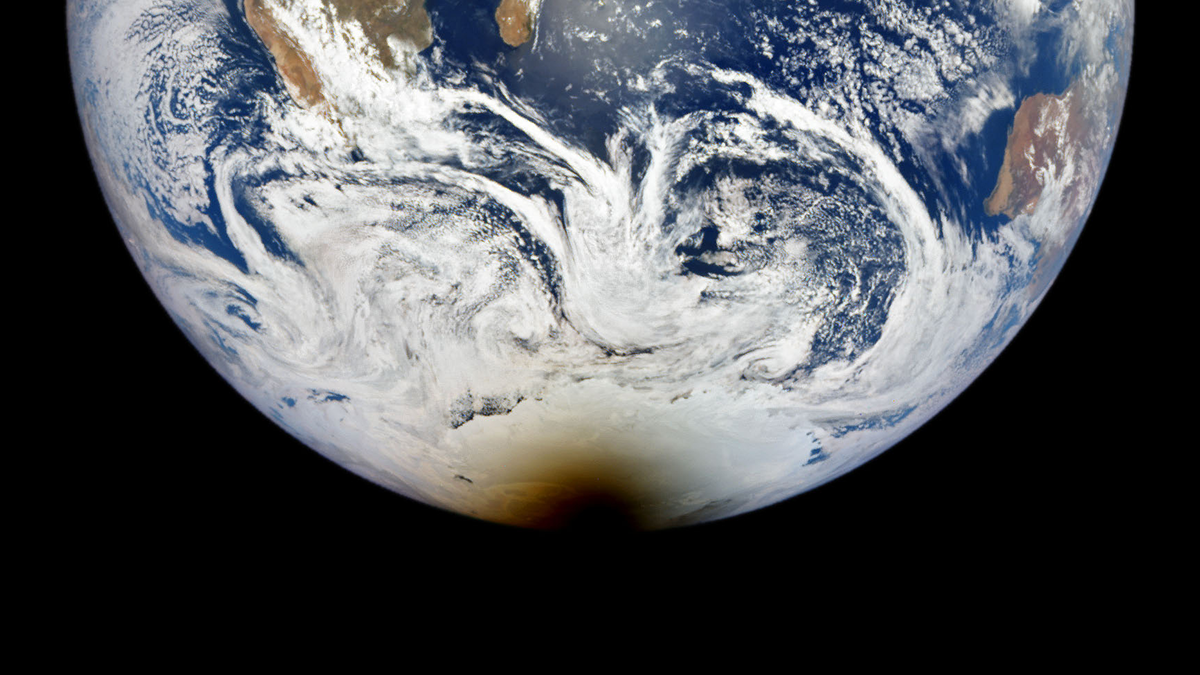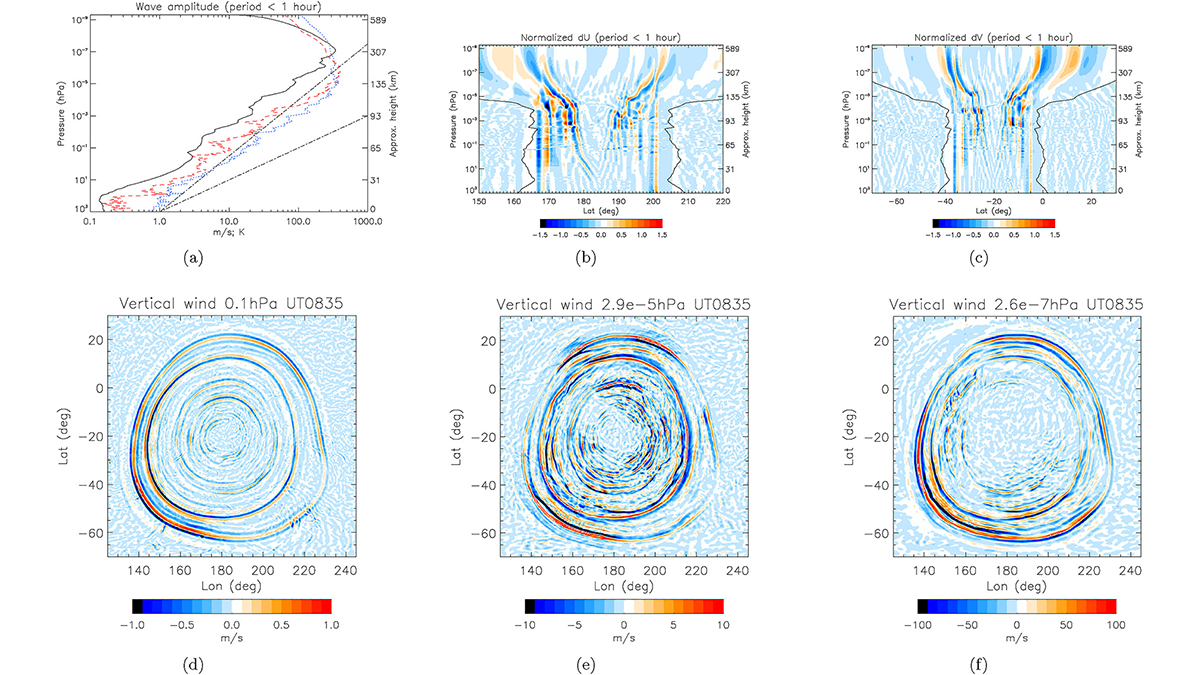STEVE is a mysterious purple-white arc near the aurora, typically seen after space disturbances called substorms. A new study reveals a rare STEVE event without a substorm, prompting questions about its origin.
Yuichi Otsuka
Editor, Geophysical Research Letters
Posted inEditors' Highlights
Solar Eclipses May Initiate Disturbances in Geospace
The statistical evidence from 21 years of data suggests that a solar eclipse may trigger a geomagnetic substorm, which is a disturbance in the Earth’s magnetosphere and ionosphere.
Posted inEditors' Highlights
Modeling Whole Atmosphere Responses to the Hunga-Tonga Eruption
A high-resolution whole atmosphere simulation captures the strong, global responses up to the thermosphere and ionosphere following the Hunga-Tonga volcano eruption.
Posted inEditors' Highlights
Wind Shear Instabilities Emit Gravity Waves
A new study shows that atmospheric gravity waves can be generated by the Kelvin-Helmholtz instabilities in the wind shear layer.




